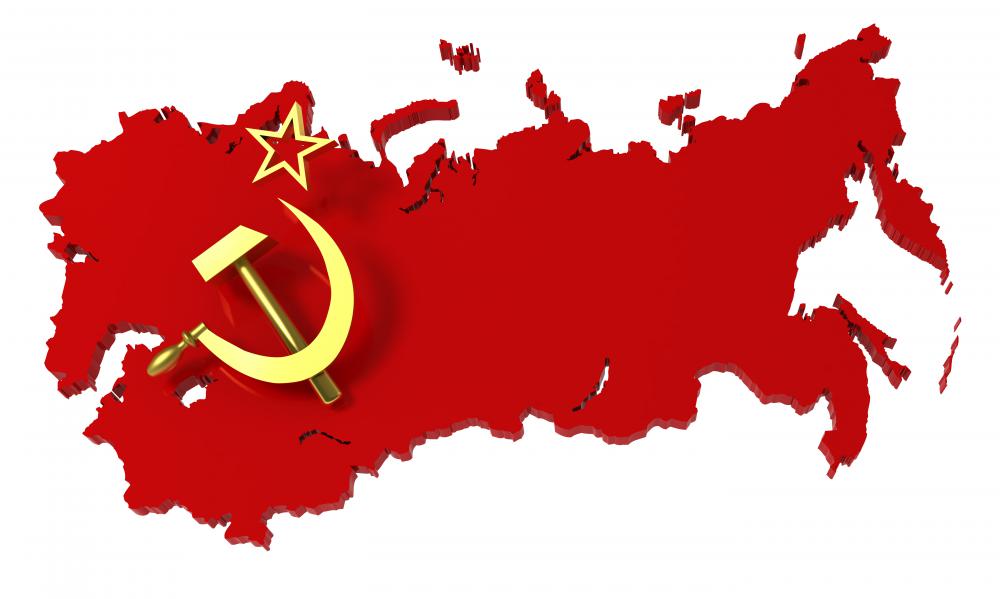At WiseGEEK, we're committed to delivering accurate, trustworthy information. Our expert-authored content is rigorously fact-checked and sourced from credible authorities. Discover how we uphold the highest standards in providing you with reliable knowledge.
What Was Mir?
Mir, meaning both "peace" and "world" in Russian, was one of the most successful space stations of the late 20th century. Launched on 19 February 1986, Mir represented the longest continuous human occupation of space ever, having a crew of 3-6 for just eight days short of ten years. At its most crowded, the space station held six astronauts for a three week period. Over its entire existence, the station hosted more than 130 astronauts.
Mir was a station launched after the USSR's learning experience with the Salyut space stations, which had been fraught with various problems. Before launch, Mir required an unanticipated year of cable reworking in a cleanroom environment. The Communist Party hurried the space station into orbit so it could be trumpeted at an upcoming congress. This circumstance meant launch modules to deliver crew and supplies to the station were not available until about a month after launch.

Leonid Kizim and Vladimir Solovyov were the first to dock with Mir, starting on 15 March 1986 and staying on Mir for 51 days. They booted up the station and did some early tests and experiments. After their stay, they traveled to the other Soviet space station in orbit, Salyut 7, and remained there for another 51 day period. After grabbing 400 kg worth of scientific gear, they headed back to Mir, stayed for three weeks, then descended to Earth.

Over the next ten years, many dozens of Russians — and later, numerous Americans — visited Mir. It is probably the most successful space station thus far, although the International Space Station is quickly catching up to many of the records. Throughout its lifespan, additional modules were added to Mir. Eventually it collected seven modules, with a living volume of 350 m3. Its total mass was 124,340 kg (274,123 lbs). Near the last few years of its operating lifespan, the Shuttle-Mir system was launched, a cooperative effort between the United States and Russia to make use of the station. This injected much needed funding into the project, and served as the prelude to the International Space Station.
Mir was deorbited on 21 March 2001, to much media fanfare. Some fragments of the station fell near the island nation of Fiji, in the south Pacific.
AS FEATURED ON:
AS FEATURED ON:














Discuss this Article
Post your comments